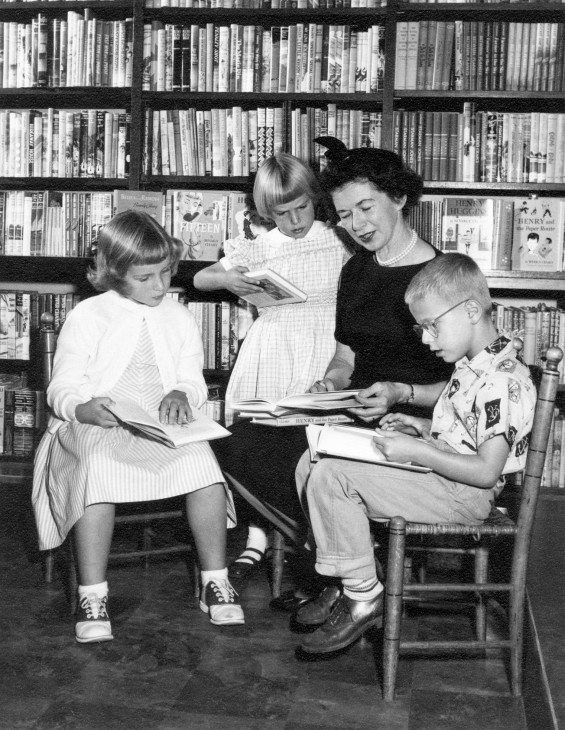I took over 2,000 photos during my three-week vacation in Europe this summer--not so many that I hope I didn't miss the experience, and not so few that I hope I didn't miss recording at least one picture of each place we visited. It's easy to take a lot of pics when you're not paying for film and film development, and you have a phone in your pocket ready to do the job and quickly.
One thing I documented, occasionally, was interesting shop windows. I could have spent each day walking around the streets of Reykjavik, London, or Paris taking pics just of shop windows, but l didn't since I was usually walking on to something else. And I didn't want to see everything just through my phone screen.
When I got back to the U.S., it struck me how few storefronts have displays anymore--especially out in suburbia, where I live. The stores here are just brick and glass, with plastic signs to distinguish one from the next.
Even in D.C., there are few big store shop windows now that stores like Woodward and Lothrop are gone. The best places to spot creative shop windows are in the small and funky shops that have sprung up in the city.
 |
| Old W and L shop window from 1928 |
 |
| It's too bad I couldn't afford anything at Selfridge's--skirts were $800, etc. |
Dressing shop windows used to be a potential job for creative (fictional) people, from Agnes, who worked her way up from shop girl to window dresser on Mr. Selfridge, to Rhoda Morgenstern on Mary Tyler Moore.
Probably I need to end this with some kind of statement/summary about the lack of beauty in our everyday lives in America, especially for those living away from the centers of culture. Or I just need to end this. Apparently, I could go on and on about shop windows, which is ironic since I don't like to shop (i.e., spending money on clothing) all that much.
Out here, instead of walking by artisan shops and beautifully decorated windows, I drive by stores that resemble rows of warehouses. Everything has been built the cheapest possible way, without any thought given to providing solace for the eyes and heart. This is America. The icky-sweet gelato in the freezer section of the supermarket tastes nothing like the gorgeous, creamy frozen ecstasy available on almost street corner in Italian towns.
And yet it's what we know, it's what we're used to, it's all we've come to expect. It's good to travel, to see such differences. The challenge becomes learning not to be bitter about the comparison and not to yearn for what we probably will never have.
-------------------------------------------------------------------------------------------------
The top photo is a compilation of some of my shop window pics from this summer. Click on it to see it larger.

















